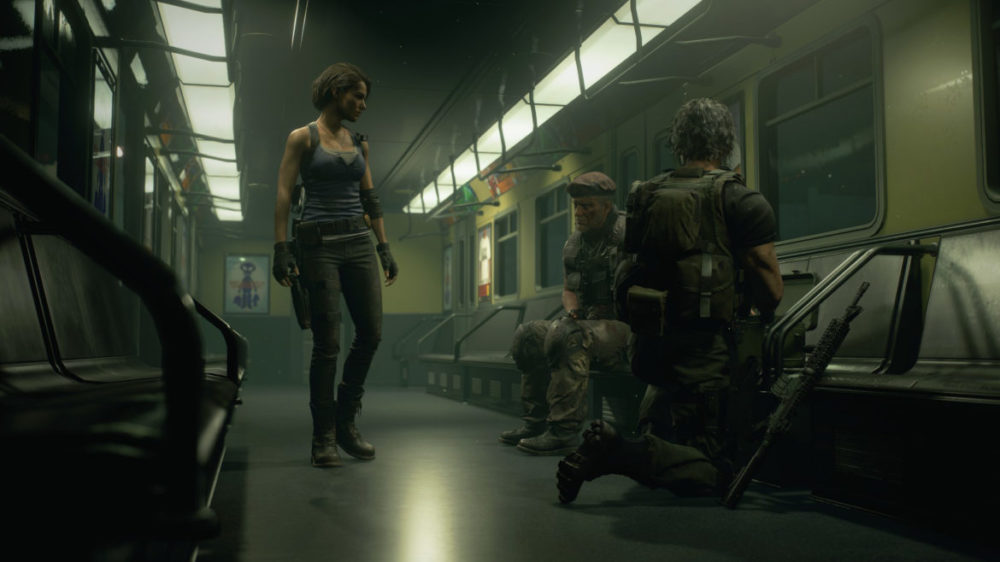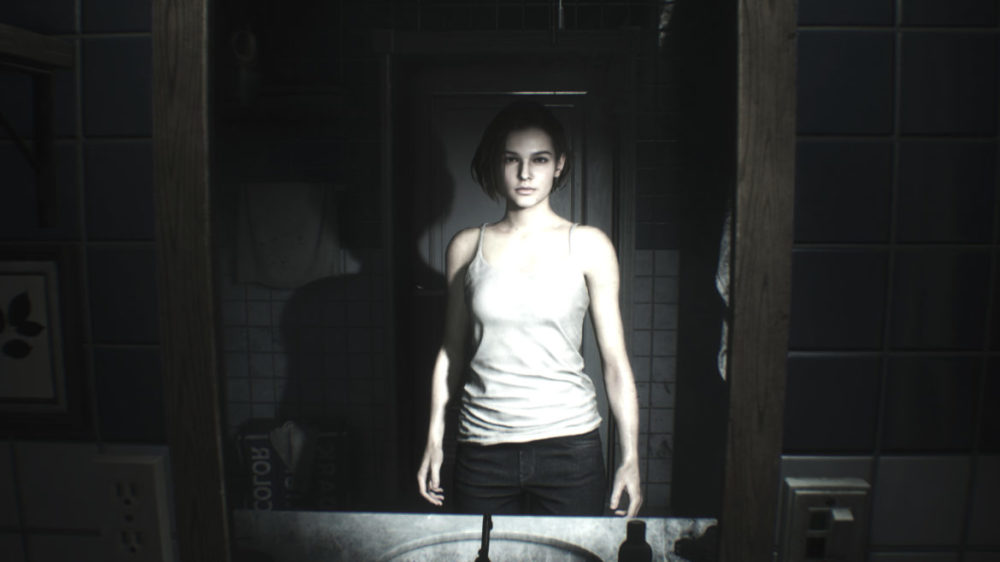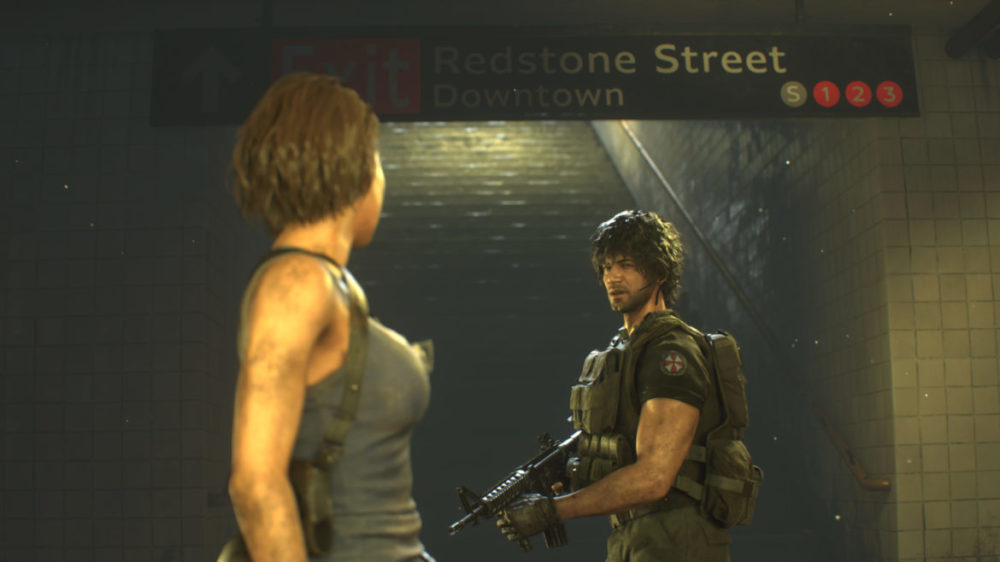TL;DR
The gaming world's love for remakes shines with titles like Duck Tales. Resident Evil 3 Remake revives the classic with stunning 4K graphics and meticulous detail, offering a compelling narrative and refined action as Jill Valentine battles a terrifying new threat in Raccoon City. While the core gameplay is enjoyable, the remake's level design feels a bit dated and linear, sometimes requiring backtracking. An online mode adds replayability, though it can be hit-or-miss depending on the game leader. Overall, it's an engaging and visually impressive experience for fans and newcomers alike. Ready to dive back into Raccoon City? Read the full review to see if this remake lives up to the hype!
The current landscape of film reviews reveals a prevalence of remakes, reboots, and sequels, a trend that capitalizes on pre-existing audience familiarity. While this approach can falter in cinema, as exemplified by the underwhelming Ghostbusters reboot or the arguably superfluous sequel, Terminator: Dark Fate, the gaming industry navigates this trend with greater success. In fact, one could argue that game remakes often surpass their originals, provided the core concept was compelling to begin with. A prime example is Duck Tales, originally released in 1989, which received a remastered version in 2013 featuring the original voice cast and enhanced graphics, representing a definitive upgrade. While I have limited experience with the 2017 Duck Tales TV series reboot, it seemingly lacks the charm of its predecessor.

Therefore, Capcom’s decision to revisit its Resident Evil series through remakes piqued my interest, culminating in this review of the reimagined Resident Evil 3 (Nemesis, originally released in 1999).

Resident Evil 3 continues the narrative established in the second installment, casting players as Jill Valentine as she navigates the zombie-infested Raccoon City. Assisted by Carlos, who shares her survival imperative, Jill faces a threat far exceeding previous encounters.

Capcom has invested significantly in revitalizing Resident Evil 3. The graphics are exceptionally detailed; I experienced the game in 4K resolution on the Xbox One X connected to the latest Panasonic OLED television. The atmospheric environments, particularly the depiction of fire, light, and other effects, are visually striking. The zombie designs are meticulously crafted, and the character models exhibit remarkable detail. The graphical advancements since the original 1999 release are substantial.

While the game mechanics have been updated, the level design retains a somewhat constrained feel compared to contemporary titles, suggesting a greater adherence to the original structure. Although intended to evoke the source material, this approach results in a somewhat dated experience. The narrative has been restructured with certain events relocated, and the Resident Evil 3 remake is notably shorter than the original. One persistent issue remains the resilience of the Resident Evil zombies, which exhibit exceptional resistance to damage, requiring multiple headshots to neutralize.

In conclusion, revisiting Resident Evil 3 in its modern iteration proved to be an enjoyable experience, characterized by a compelling narrative and refined craftsmanship. However, the game’s age is apparent in the relatively confined and linear level design, which necessitates a degree of backtracking. The inclusion of an online mode, where players collaborate to overcome challenges designed by a fifth player, is a welcome addition. However, the experience can be negatively impacted by adversarial game leaders who prioritize difficulty over enjoyment, and creating custom levels requires considerable patience. Despite these limitations, I recommend the Resident Evil 3 remake for its engaging suspense, action, and impressive visual fidelity, offering several hours of compelling gameplay.

